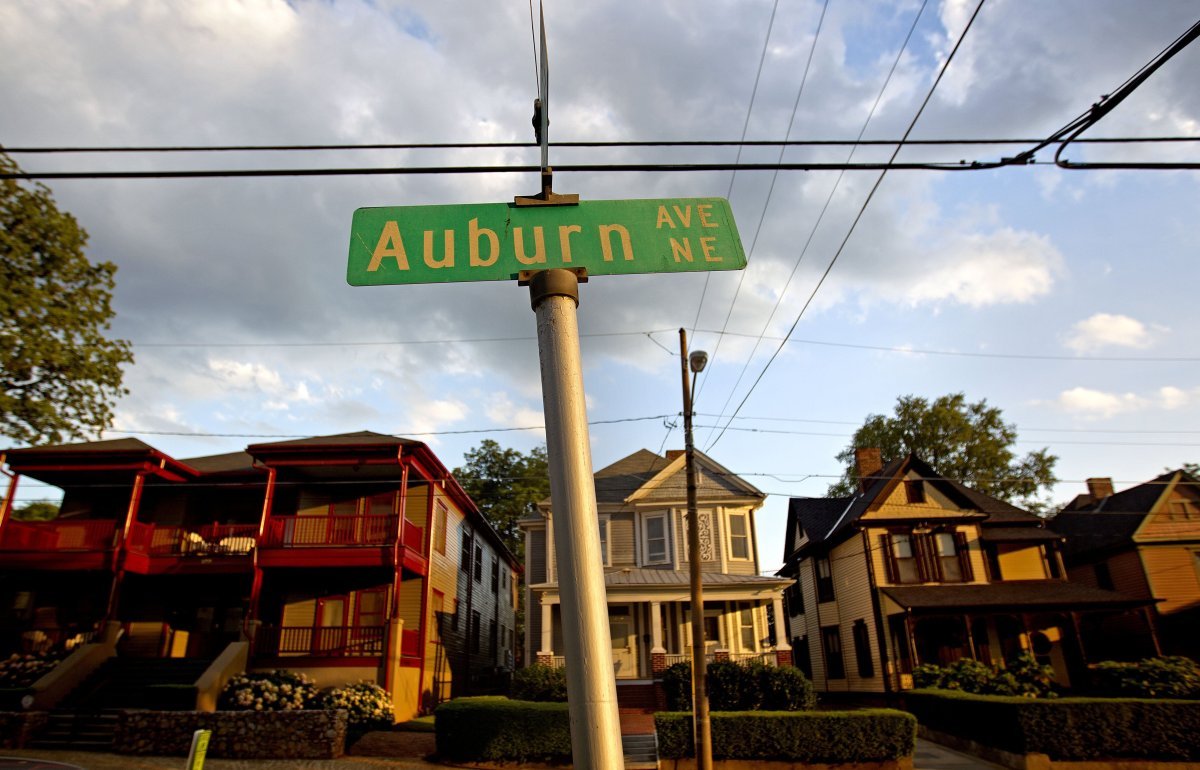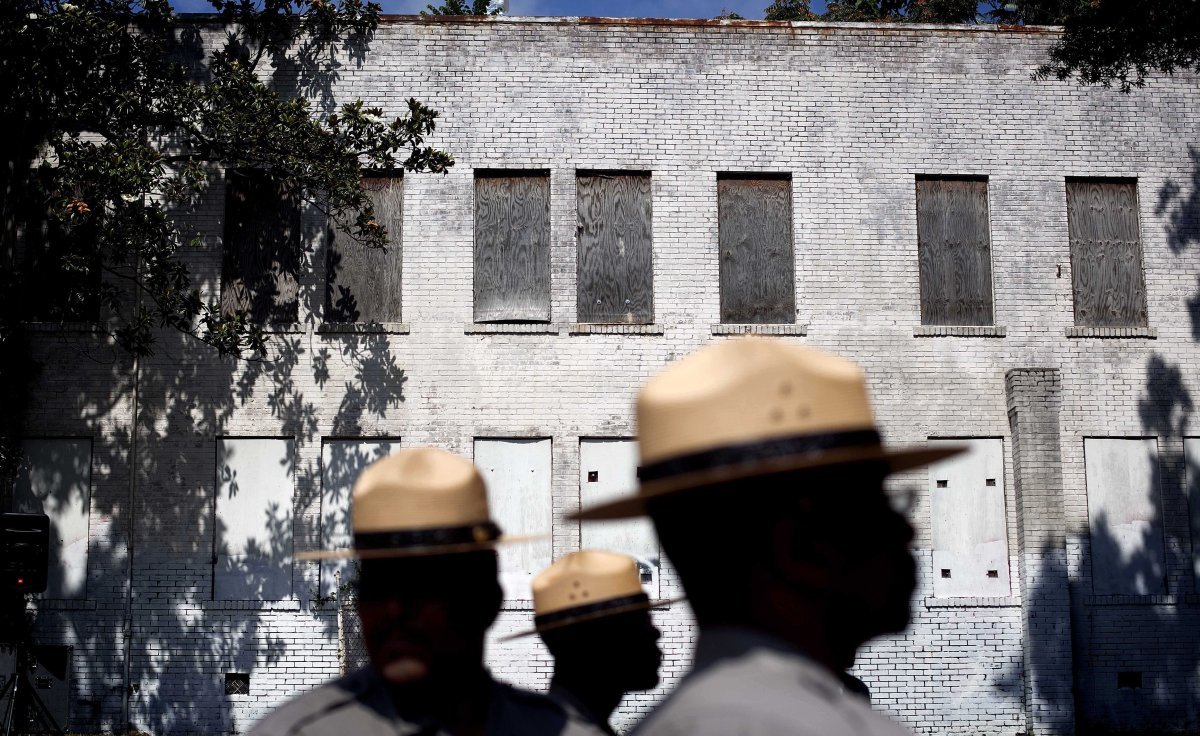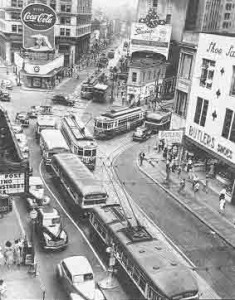Hatfield, Edward A., and Chris Dobbs. “Auburn Avenue (Sweet Auburn).” New Georgia Encyclopedia. N.p., 20 Oct. 2015. Web. 06 Feb. 2016.
This website explains how commercialized Sweet Auburn was in the days of segregation. It explains all the businesses created by Black men, some who were even former slaves. It talks about the decay of the neighborhood after the Civil Rights Movement and why it happened. The authors describe Sweet Auburn as “The richest Negro Street in the world” in 1959 in Fortune Magazine. The African Americans of that generation built successful businesses for themselves and their communities and that shaped the African American life on Sweet Auburn for the period where it was alive. Looking at the main Authors other articles I can see that he has written lots of articles about historical civil rights and societal structures. This may suggest he has a bias to write from a historical standpoint instead of another. This source, like others gives a look into the life on Sweet Auburn then and now.

Atlanta Life Insurance Building

Former Top Hat Club (Royal Peacock)



